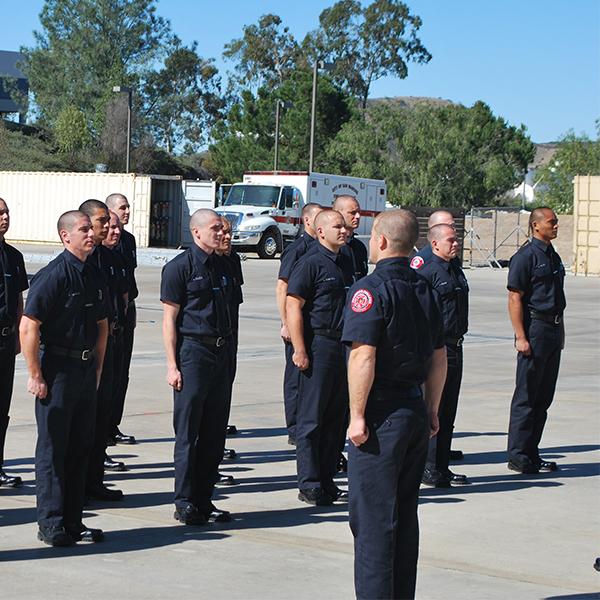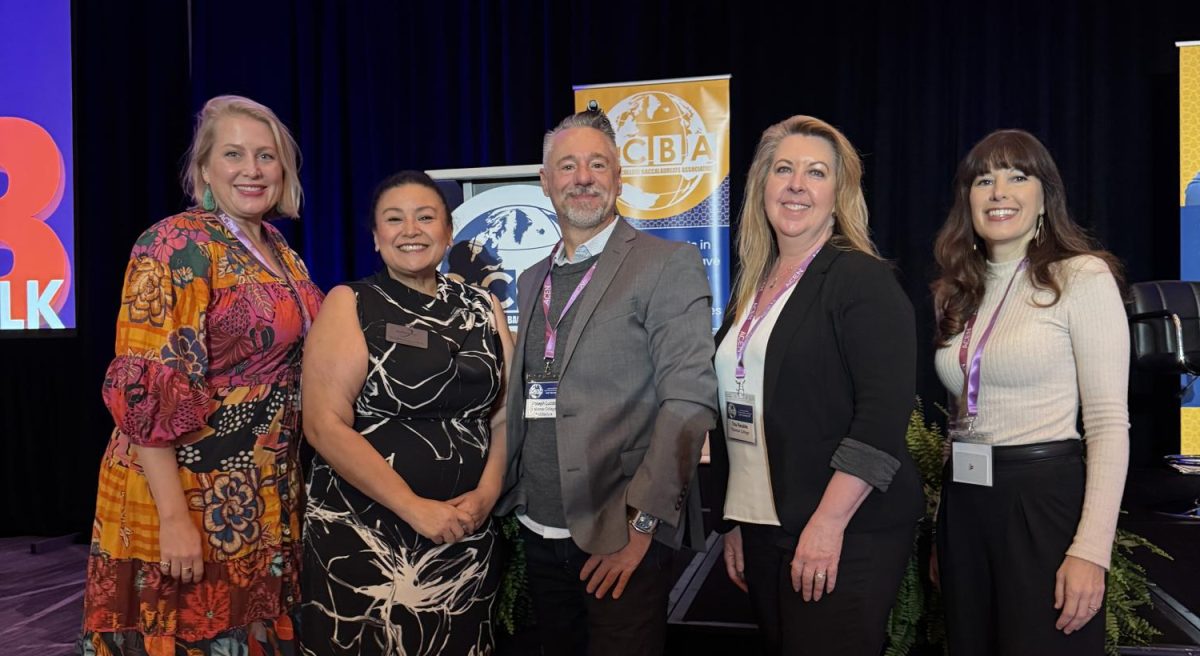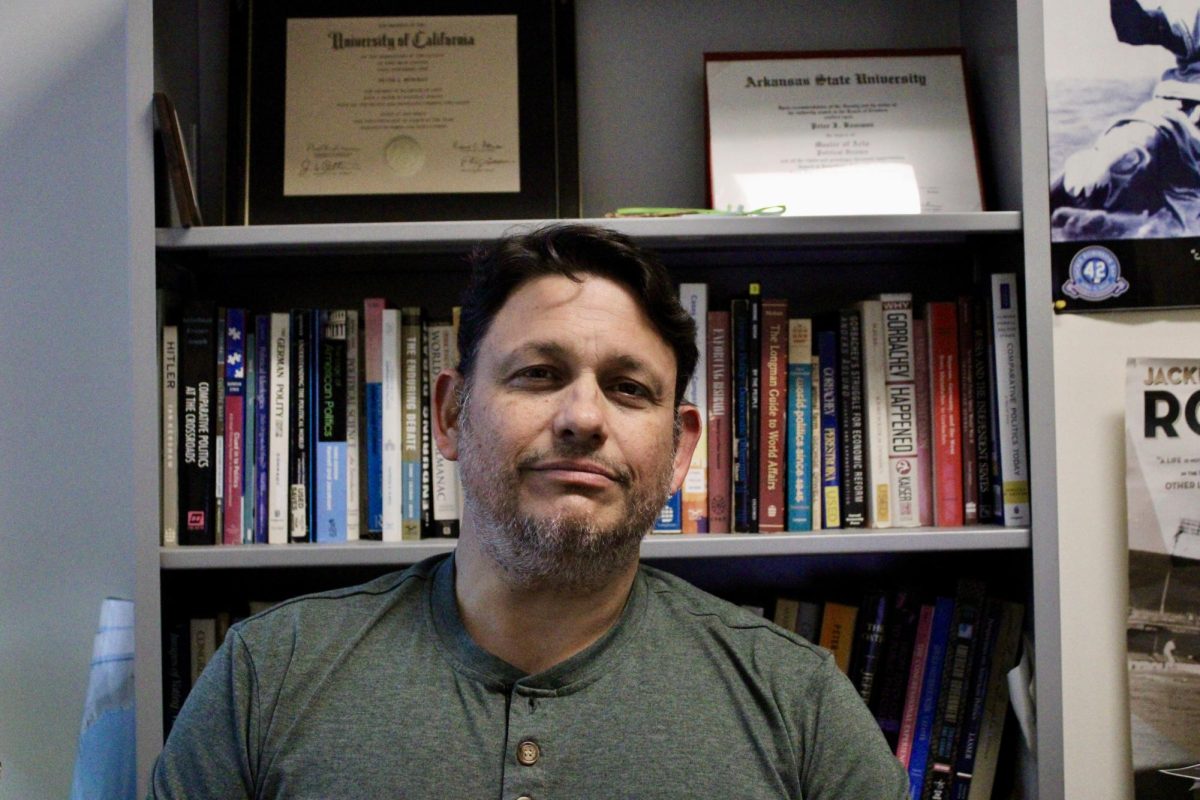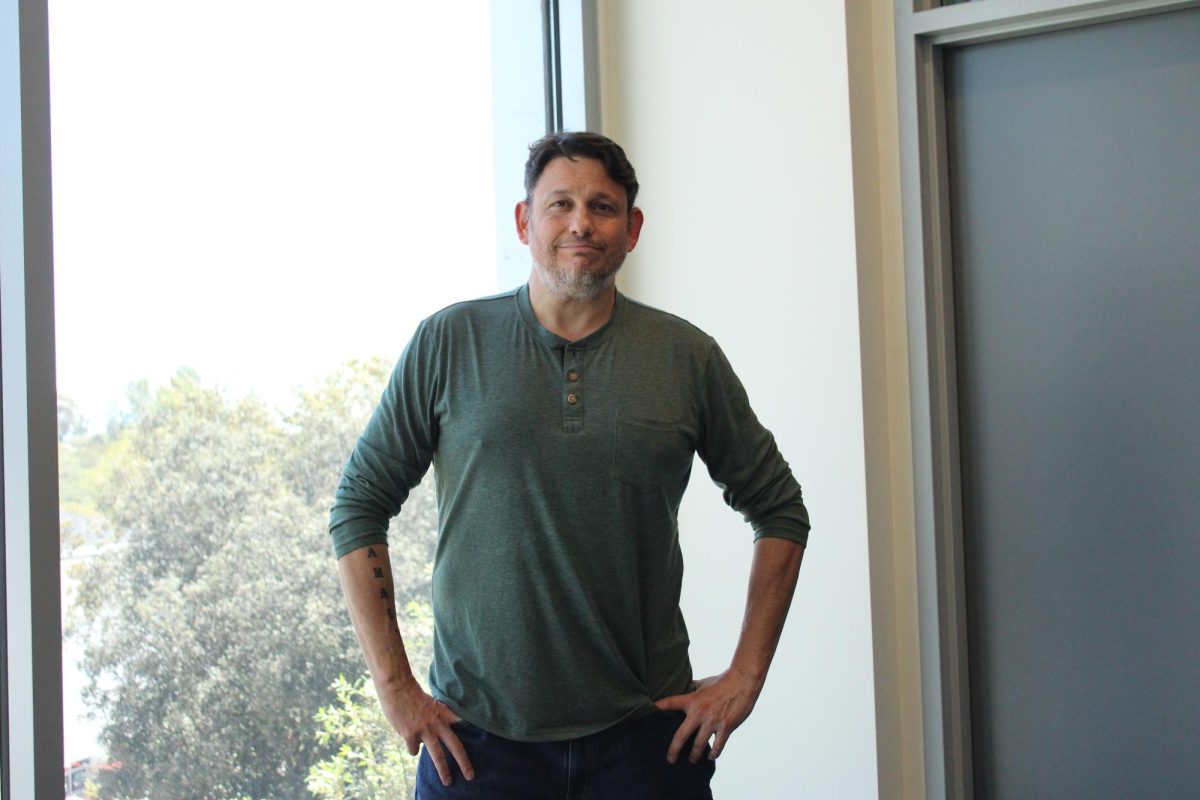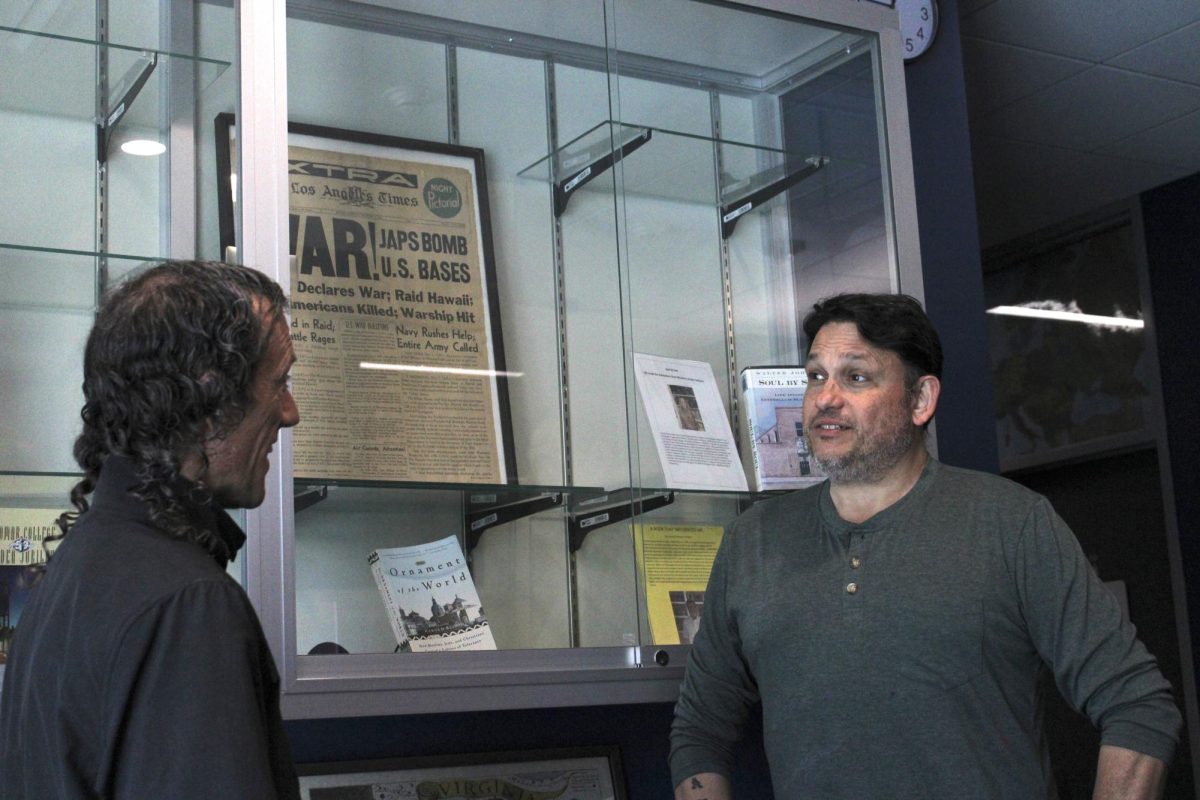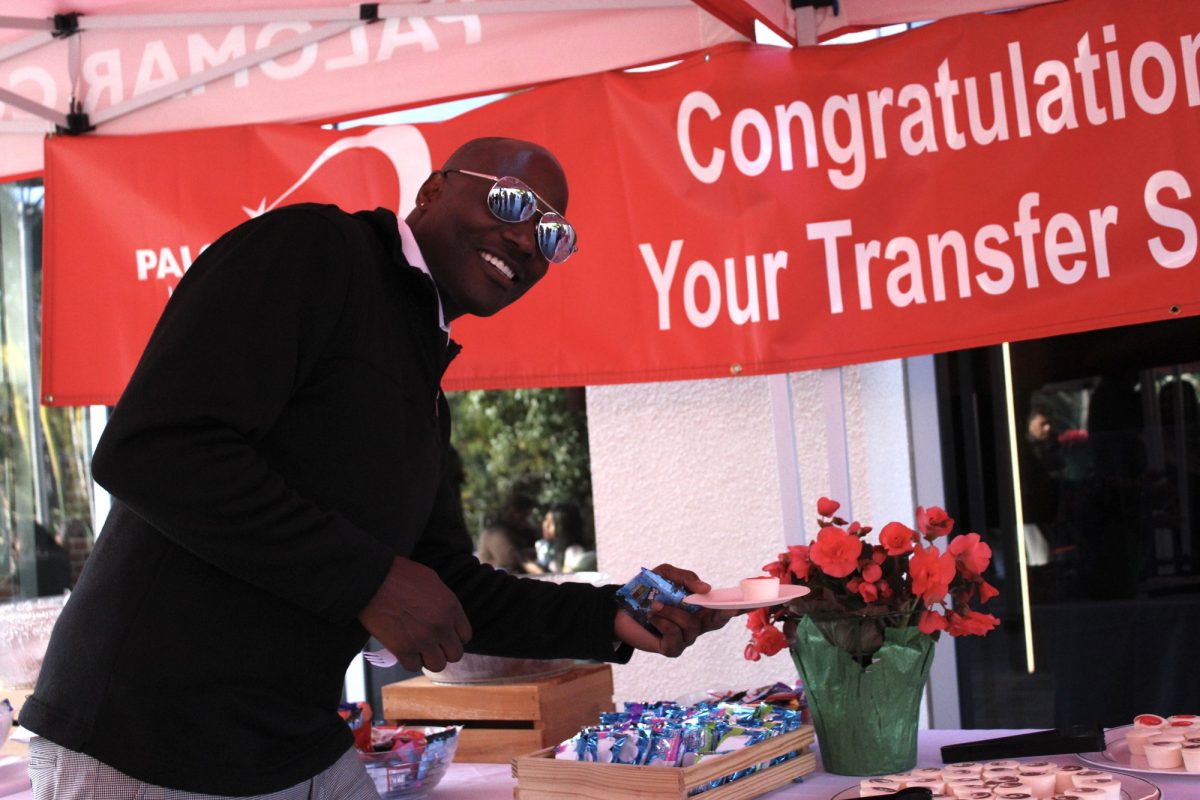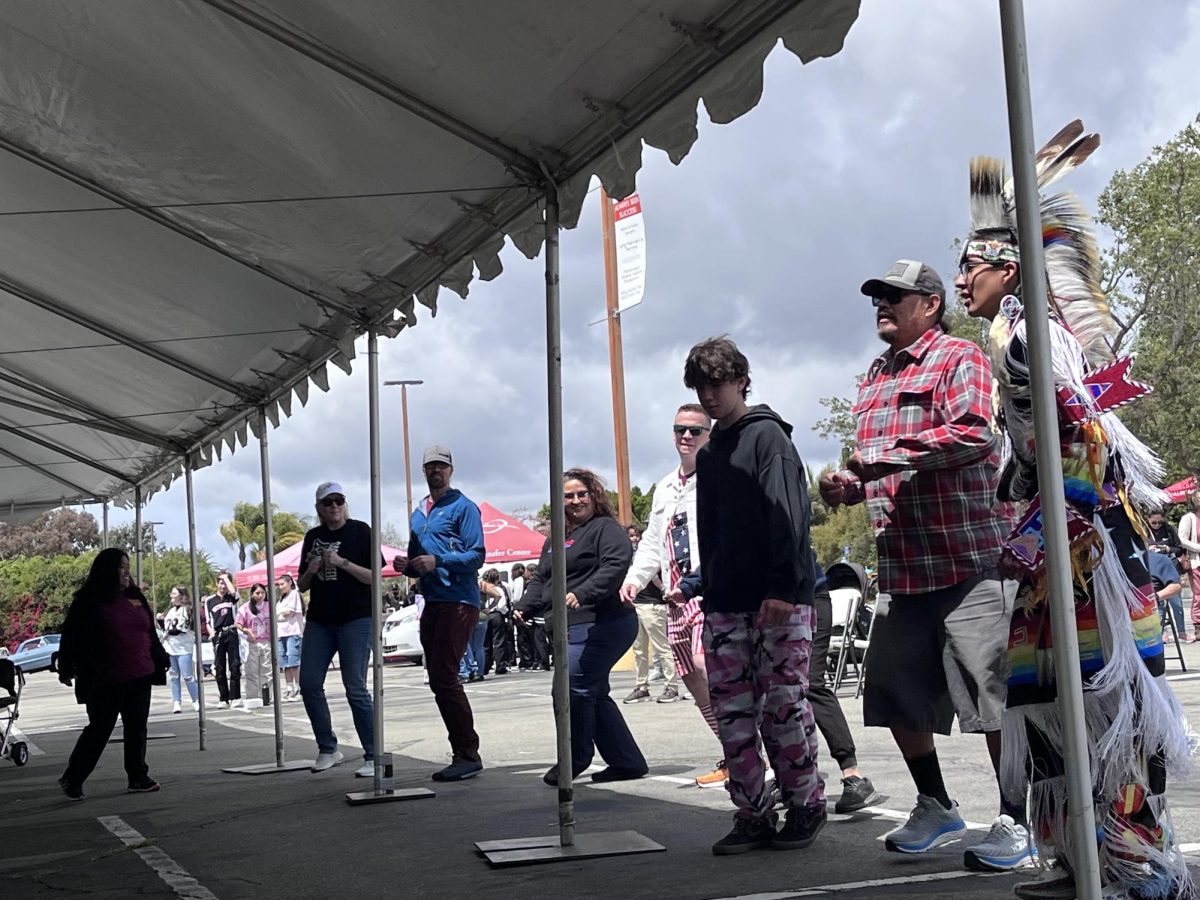A short drive away from the San Marcos campus, lies the training ground for the cadets of the 53rd Fire Academy of Palomar College.
The academy has been around from the beginning of the 1990s. Since its conception, it has grown into one of the most rigorous and robust programs that Palomar offers.
It’s a one-semester, 20-unit class which requires those enrolling to fill out an application to get into the program. Out of around 100 semesterly applicants, 40 make the cut.
“We have a very high level of professionalism that we expect from our recruits,” Cory Ender, one of the part-time instructors at the academy said.
Requirements
Acceptance into the academy is predicated on how high an applicant scores on a 125-point matrix. Scoring is based off of whether the applicant has completed a list of fire technology classes, worth up to 40 points, and an oral interview that is worth up to 30 points. Other considerations include previous education and work, military background, and whether applicants have a paramedic license.
In addition to this, cadets are required to pay material fees, which cost just over $1,200, and also purchase uniforms, which can range from $300 to $750. All of this is on top of the $920 tuition cost, student health center, and student center fee.
Applicants must also be in peak physical condition. Upon finishing a written test, you are asked to complete a JPA (Joint Powers Agreement) test.
“It has ladders, carrying a hose upstairs, lifting a rope up a hoist, carrying a dummy, a 175-pound dummy I believe. Those have to be done in a certain amount of time to pass that,” Ender said. “You have to be fit.”
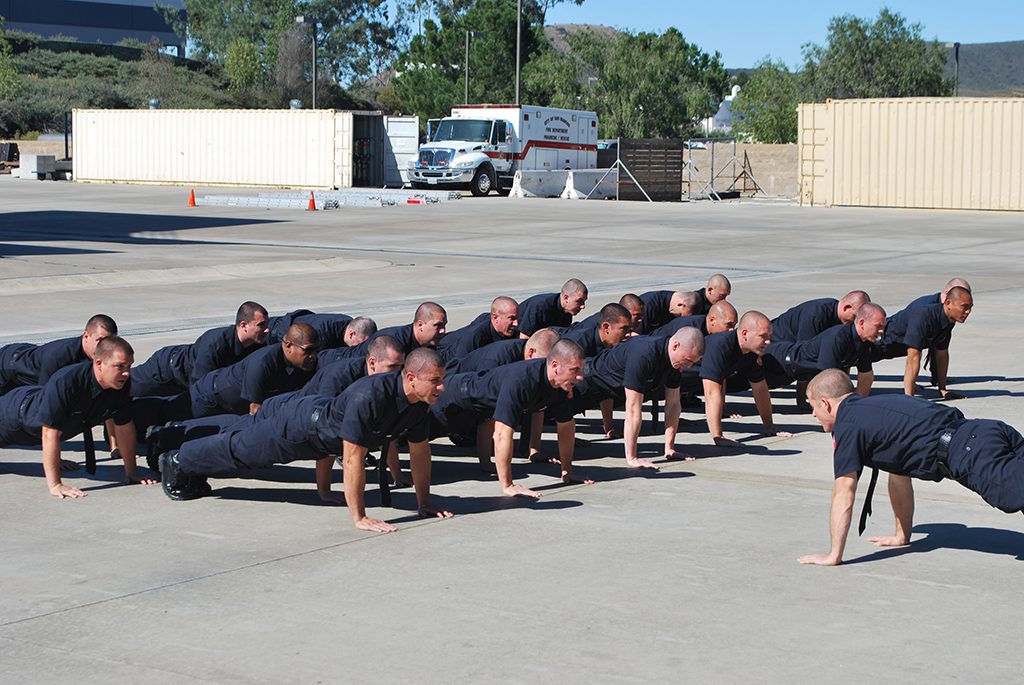
Academy Leader
Among the pool of cadets that take the course every semester, one cadet is selected to be the academy leader.
Carol Musgrove, a retired police marshall who currently works at the fire academy as a staff assistant, said “In the first week of the academy the instructors look around and they say ‘who are our alpha people?’ And a handful raise their hands, so they keep their eyes on them, and then they’ll make the selection.”
The duties of academy leader is to coordinate with the instructors and to make sure the cadets stay on task, and in line. The academy leader for the 53rd is 31-year-old Jake Castaneda.
“The average day right now, we show up for PT (Physical Training) every morning, PT starts at 7, so we get here at about 6:15 to get everything set up and warm up at about 6:45 so we can start PT,” Castaneda said.
Castaneda was a U. S. Marine in the U.S. army for 11 years before leaving in June of 2016. He said that he wanted to transfer to a job that was more conducive to a family life, and allowed him to be able to live locally within his own community. He saw the fire service as the best way to move forward, because it allowed for the same degree of camaraderie and challenge that he became accustomed to in the Marines, without necessarily needing to leave far away from home.
Castaneda gravitated toward the fire service to get the opportunity to help those within the community. “Typically when a firefighter or firefighters get called out to a call, it’s the worst day of someone’s life. You know, whether it’s a car accident, or their house is on fire or they’re sick, we have the skills and the mindset to help them through that,” Castaneda said. “And that makes me drawn to this.”
According to Ender, this community-serving attitude is something common among all firemen. Ender said he believes that the qualities of compassion, empathy, hard work, humility are all traits that are ingrained in the lifestyle of a fireman.
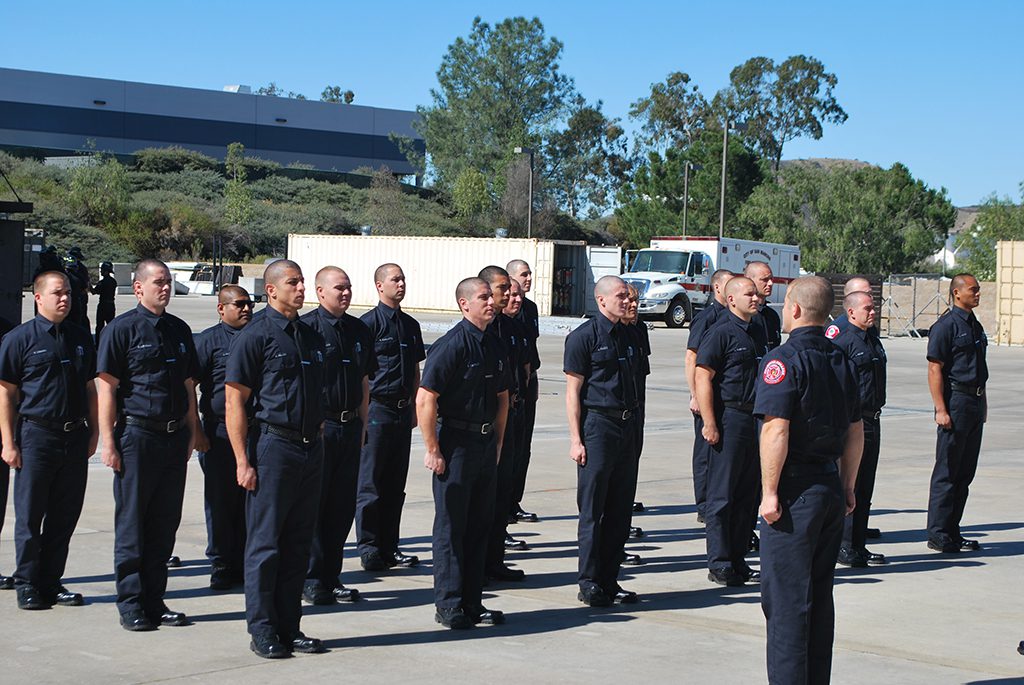
The Brotherhood
When speaking with Ender and Castaneda, it was evident that being a fireman is more than a career, it is brotherhood. Ender recounted his time as part of the Palomar Fire Academy in 2008, where he met some of his best friends, and people who he still speaks to on a regular basis to this day.
Ender works as an engineer and paramedic for the Rancho Santa Fe Fire Department. As part of their daily routine they often have physical training; Ender’s crew often spends the time together doing workout circuits. “We cook together, we eat together and then we sleep together as well.”
Castaneda echoed this sentiment of a bond among his colleagues. “It’s definitely something that gets developed, especially when you suffer together. You really get close to a group of guys, a group of people, and you are able to build that trust and that camaraderie that you typically think of when you think of firefighters, police officers, military and stuff like that.”
The brotherhood that bonds firemen together is one that often transcends differences that those entering the career may have had before joining the academy, or a department.
Both Musgrove and Ender mentioned that people come from all sorts of backgrounds, ethnically, religiously, economically, as well as the careers they had before joining, and those entering the workforce take the title of firefighter very seriously.
“I try to do everything I can, as honorably as possible … so that I can accurately represent not only myself but the academy and the fire service in general. To the public, to other firefighters, to other students here, things like that,” Castaneda said.

